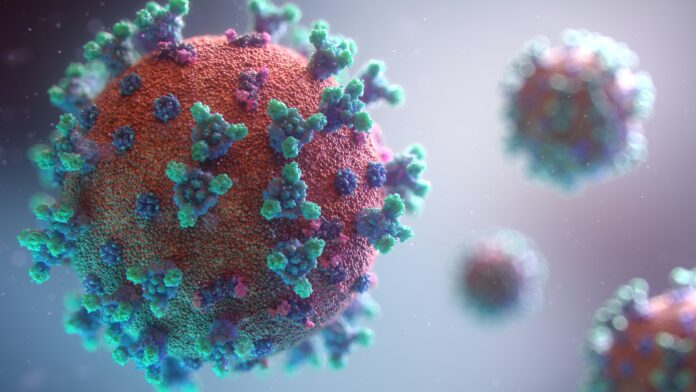In the Infection Radar survey last week, the percentage of participants with COVID-19 like complaints decreased slightly (5%) as compared to the week before (5.4%). The number of people who tested positive for COVID-19 (SARS-CoV-2) reported to the Municipal Public Health Services (GGDs) decreased (-22%) last week compared to the week before that.
The number of people who were tested for COVID-19 by the GGD also decreased (-19%). The number of nursing home residents who tested positive for COVID-19 decreased by 21% last week. On 11 October 2022, the reproduction number based on reported positive tests was 0.91 (0.85 – 0.97). The number of new hospital admissions of patients with SARS-CoV-2 increased slightly (+6%) compared to the week before. The number of new ICU admissions of patients with SARS-CoV-2 increased slightly. There were 51 ICU admissions last week (+6%), compared to 48 ICU admissions the week before.
Sewage surveillance
In week 41 (10-16 October 2022), sewage surveillance showed that the national average viral load decreased by 8%, rising by 7% in the first half of week 42 (17 – 19 October). In both weeks, the highest figures were seen in Amsterdam and the surrounding area. The Omicron BA.5 variant and all its sub-variants were still detected most frequently in sewage surveillance, including a high percentage of BF.7 and a growing percentage of BQ.1. BA.4 also continues to be observed.
Virus variants from pathogen surveillance
RIVM has observed various Omicron sub-variants in pathogen surveillance. Since June 2022, BA.5 has been the dominant variant in the Netherlands.
Various sub-variants of BA.2, BA.4 and BA.5 are now present and under monitoring. This includes BA.2.75 and BA.2.12.1, BA.4.6, and various BA.5 sub-variants, such as BF.7, BQ.1 and BQ.1.1. Recombinant strains of variants, such as XBB, are also being monitored.
Following an initial increase in the Omicron sub-variants BA.2.75 and BA.4.6, BF.7 has been slowly increasing in pathogen surveillance in recent weeks. The percentages of sub-variants BQ.1 and BQ.1.1 are now also growing, although the numbers remain limited for now. Variant XBB has only been observed a few times so far.
Based on the latest pathogen surveillance data, trend forecasts for these variants are very uncertain. Due to the current co-circulation of these variants, it is impossible to predict long-term trends at this point. In the short term, the percentages of BQ.1 and BQ.1.1 seem to be rising most rapidly. It is also possible that multiple variants, including BA.4.6, BF.7, BQ.1 and other BA.5 sub-variants, will continue circulating at the same time. These sub-variants are being monitored and the trend forecasts are updated weekly based on new data from pathogen surveillance.
Numbers
According to the RIVM updates, last week 17,623 persons reported positive corona test results as compared to 22,688 persons, week before. There were 721 persons newly hospitalised as compared to 677, the week before. The COVID-19 related mortality number decreased to 35 as compared to 44 deaths, the week before.
Source: RIVM.nl
Translated: Yawar Abbas
















